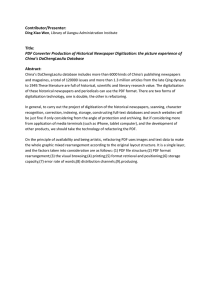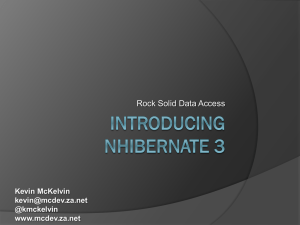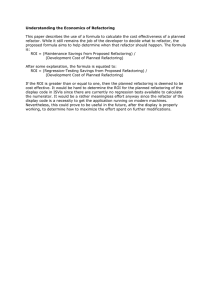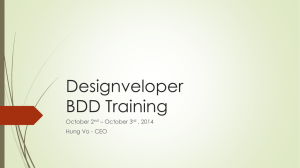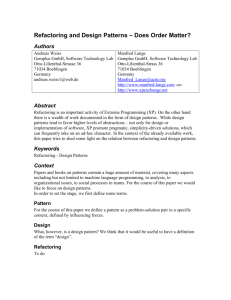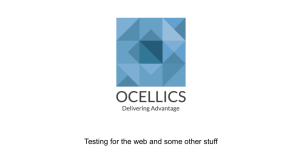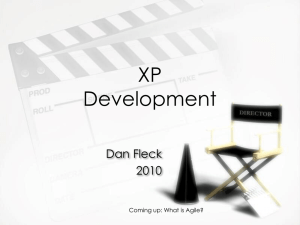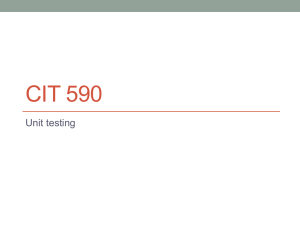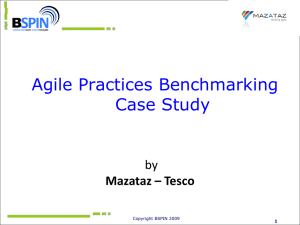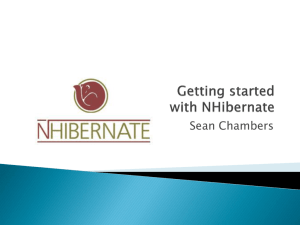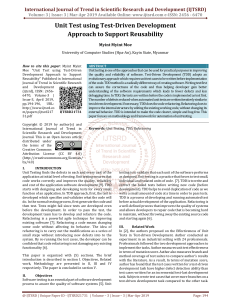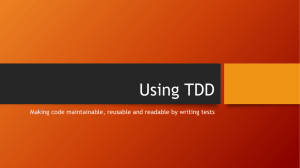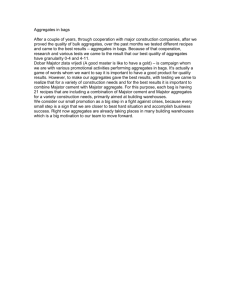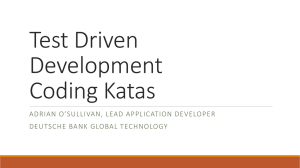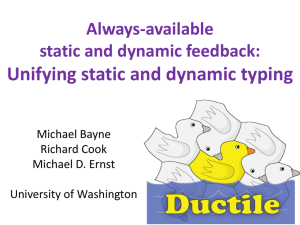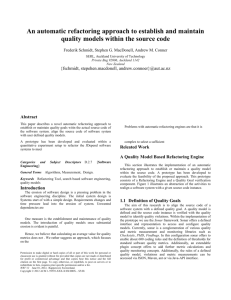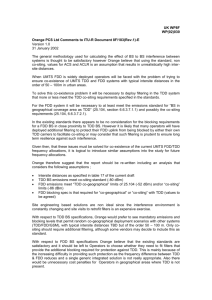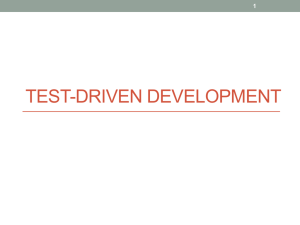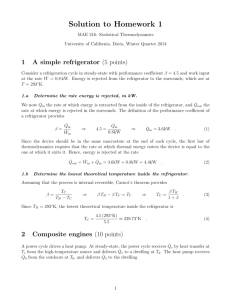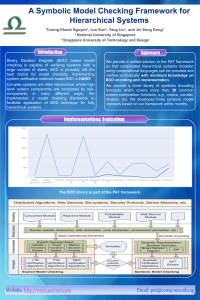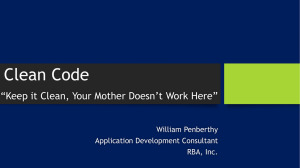Introduction to Domain Driven Design
advertisement
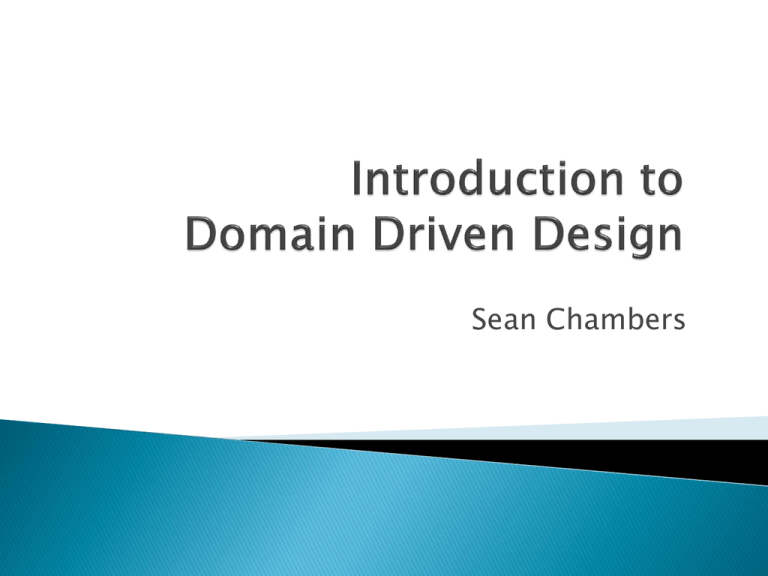
Sean Chambers Senior Developer at Flagler County Schools Owner Hybrid Software, Educational Software Contributor to various open source projects (Castle Project, Nhibernate, NUnit, NBehave) Practicing TDD,DDD,BDD for 2 years Blog: http://schambers.lostechies.com Twitter: schambers Continuous Integration User Interface Database Domain Model Agile TDD App Logic Refactoring Presentation View templates Application Application Services Application Logic AOP Domain Domain Services Domain Logic Persistence NHibernate SPROCS other Domain Driven Design Eric Evans Applying DDD and Patterns Jimmy Nilsson Domain Model Ubiquitous Language Entities Value Objects Repositories Services Aggregate Roots Supple Design TDD Framework Tools Ditch the Database Driven Design! OOP Models == Rich Domain Models Driven by TDD/BDD and Refactoring Evolves over time/after breakthroughs NOONE gets it right the first time A shared language used by developers and stakeholders alike Translation plus risk of misunderstanding is too high of a cost Use the model as the backbone of the language Changes to the language, should cause a refactoring to code Entities are objects that contain a specific identity in your domain Long lasting and non-transient, thus need to be persisted to a database for later retrieval .Equals overload will compare unqiue properties Contains all logic pertaining to state and all relevant domain logic Beware anemic domain anti-pattern No persistence logic! Value objects are defined by their attributes instead of their identity Should be immutable, and no identity within domain Make value objects whole classes that describe simpler Entity classes Manages the creation of complex objects in the domain Client calls Factory, factory then encapsulates complex creation of object and returns Used for the beginning of an objects lifecycle For each class/aggregate root setup a Repository for in-memory access Provide add/remove methods for managing persistent objects Repositories can be DB, XML, Flat file etc.. Manages the middle and end of an objects lifecycle Defines explicit boundaries within the domain where complex interaction can be placed behind Aggregates can only speak/reference with other aggregates Transient references for single operations only Simplifies management of complex object graphs Address Student CourseReg Account Registration Payment Course Location Schedule Intention Revealing Interfaces ◦ Student.IsRegisteredIn(course) ◦ Registration.PaymentMethodUsed(creditPayment) Side Effect Free Functions ◦ Command functions ◦ Modification and return functions Assertions, AKA Design By Contract Conceptual Contours ◦ Pre-existing areas that aggregates, functions should align Stand alone classes Very important for refactoring support Makes you a better programmer! Serves as model documentation for other developers Promotes loose coupling Initiation Timing Makes the model more flexible Caste MonoRail/ASP.NET MVC NHibernate, Entity Framework, O/R Mappers Castle Windsor/Spring.NET for DI/IoC Log4Net/NLog TeamCity for CI Nant/MsBuild Strategy Pattern ◦ Encapsulate domain processes Composite Pattern ◦ Make whole/part domain concepts interchangable Specification Pattern ◦ Encapsulate specifications within objects for algorithms
